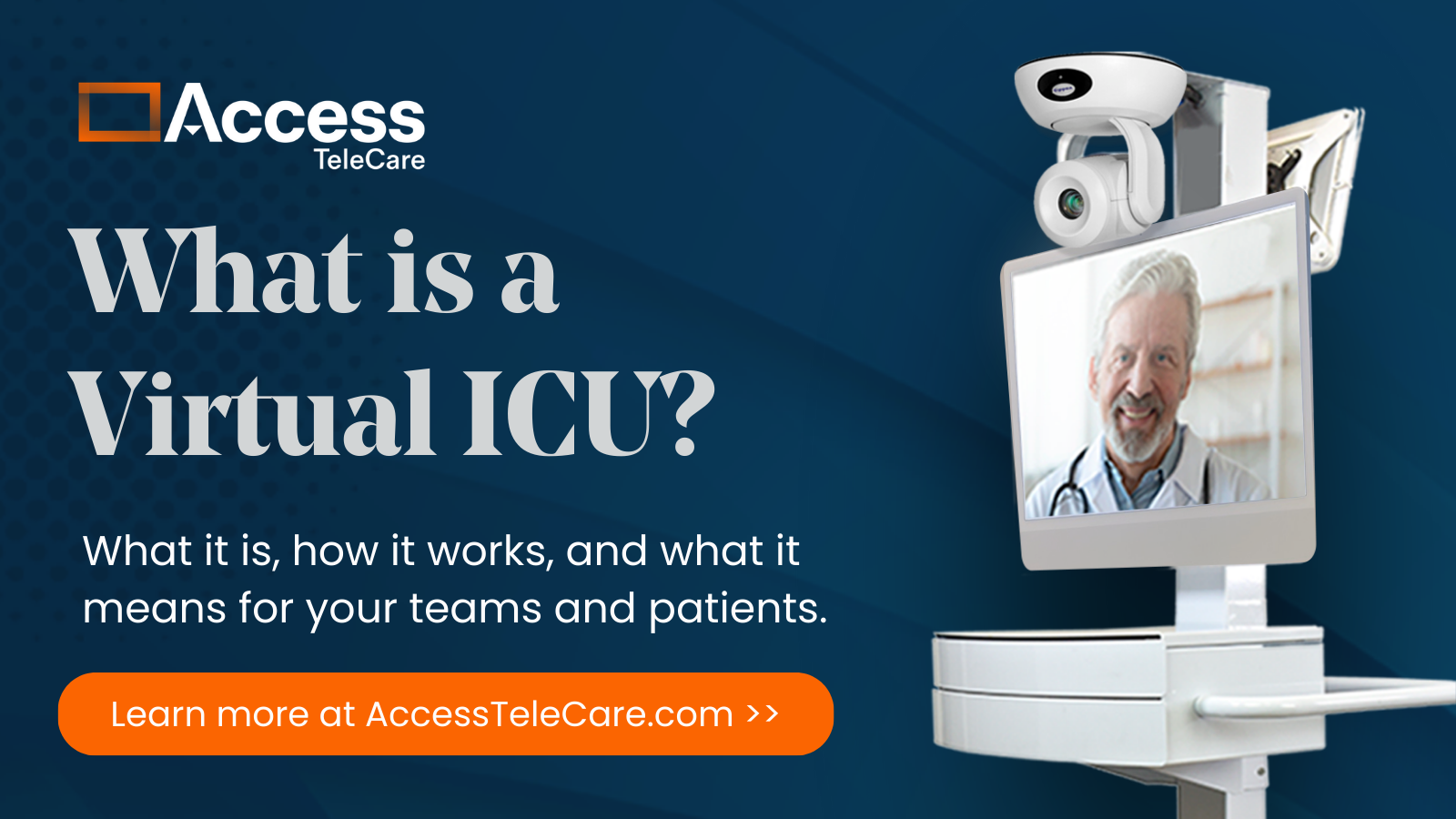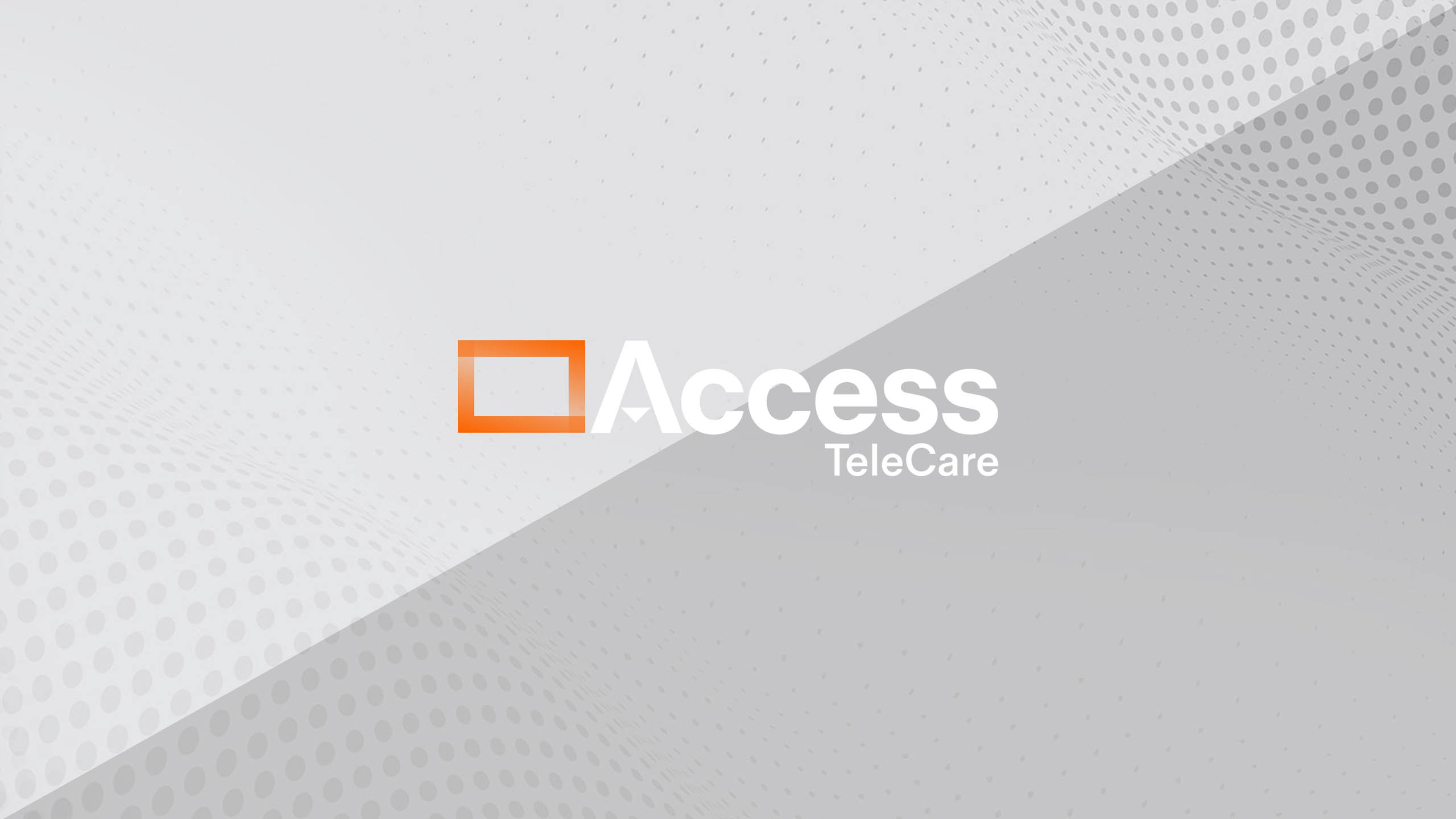By Dr. Bill Krimsky
Picture this: it’s the dead of winter in the North Country of New Hampshire, in a little town called Colebrook. Population just over 2,000, basically a sleigh ride from the Canadian border, snow as far as the eye can see. It’s the middle of the night, a blizzard is on, and you have a patient in respiratory failure who may need some of the resources and services offered at a tertiary care medical center.
You pick up the phone, and you call Dartmouth-Hitchcock Medical Center, more than a hundred miles away, over the White Mountains, through some of the worst winter weather in the world.
I was often on the receiving end of those calls. At the time, I was completing my fellowship training there, covering nights. This was just at the change of the millennium, and telemedicine was still more or less in its infancy. Given both the geography of the area along with how healthcare resources were distributed in those areas, it effectively meant that for folks like me, we were essentially covering the ICU, not just for Dartmouth, but for the entire Upper Valley.
With so much country spread out over so many mountains and valleys, we took a lot of calls. With the calls focusing on transfer or potential transfer of patients, there was substantive ground to cover in terms of the appropriateness and necessity of transfer, while balancing that with a variety of different other conditions, not only the weather. Sometimes when the patients arrived, they were as advertised, and, unfortunately, sometimes they weren’t. Watching the courage of the transfer teams sometimes deploying in extreme circumstances to deliver a patient to the Medical Center only to realize that transfer may not have been necessary in the first place was quite exasperating. I often wished there was a more consistent way to triage these patients.
Over the course of my fellowship, I did get to know the various doctors and facilities along with their practice patterns. I developed a familiarity that served me well in providing that early form of telemedicine.
The lessons of COVID-19
Fast forward to today? The problems facing healthcare, including critical care, are remarkably similar.
The U.S. has always been a large, geographically-diverse country with a big healthcare challenge. Just as the White Mountains and Upper Valley necessitated a kind of telemedicine, the United States’ plains and mountains, huge interior, and ever-growing rural-urban divide make it difficult, not just to provide healthcare to everyone, but to provide for equal access healthcare.
COVID-19 has only highlighted that challenge—and extended it into suburban and even urban areas. Over the past 2-3 months, we’ve seen hospitals in one area of a city be inundated with COVID-19 patients, while a hospital less than 60 minutes away sits idle and considers having to furlough their employees.
The perennial problem of how to deliver healthcare to a large and diverse country is no longer just a rural America problem: it’s a system-wide, nation-wide healthcare challenge. And that challenge isn’t going away anytime soon.
Our first teleICU facility
When I helped launch the teleICU service line at SOC, our first facility was, not surprisingly, very rural and really the only place to get substantive inpatient care for 60 miles in any direction. The reality is that if you have a stroke and head bleed in Boston, you’ve got six facilities competing for your business. In that part of the country—and there are many like this—if you have a stroke and head bleed, access to clinical expertise and resources is another story.
I remember the first evaluation I did at that hospital. An elderly woman presented with AFib with Rapid Ventricular Response (RVR). Her blood pressure was a little bit soft and she had what looked like some acute or chronic kidney injury. A few days prior to being seen at the hospital, she had a gastroenteritis type of illness and, in the context of continuing to take her diuretics, had become somewhat volume depleted. While these are the types of medical issues that we treat on a regular basis, I was left with the impression that having the intensivist resource available in that context made a big difference for the hospital team and for the patient.
It was immensely satisfying to be able to care for a patient in that way from across the country and to do it in the context of a telemedicine group with room to grow. Like then, like in Dartmouth, and like now with COVID-19, the problem is the same: the appropriate distribution of cognitive expertise.
A pandemic that highlighted the existing problem
COVID-19 has only revealed the existing problem.
It’s not boiling the ocean or building a linear accelerator—it’s the appropriate distribution of cognitive resources and expertise across this nation. Namely, how do we put the right doctor in front of the right patient at the right time? And, how do you do that in a way that informs decision-making around triage and transfer?
Thankfully, we’ve come a long way since my early cell phone, which given its size and bulk, should probably have been considered some form of a lethal weapon, along with the vagaries of transfer in the early 2000s.
COVID-19 has simply underscored and highlighted the problem. It is a tornado: it can hit one site terribly and suddenly but leave another nearby completely quiet. It can suddenly shift its destructive power in unpredictable ways, and it can pop up in a new place with little to no warning.
Meaning: it’s time to get the plan in place, know your surge plan, and know what can be handled onsite vs. transferring. It’s time to put in place the systems, technology, and people who will allow the flexibility we’ve always needed to care for our patients.
The days of a hospital simply muddling through are over.
***
The Access TeleCare teleICU model has helped hospitals and health systems to deal with the problem of the distribution of cognitive expertise and resources along with helping to load balance clinicians across multiple sites. If you would like to learn more about our teleICU services, please contact us.







